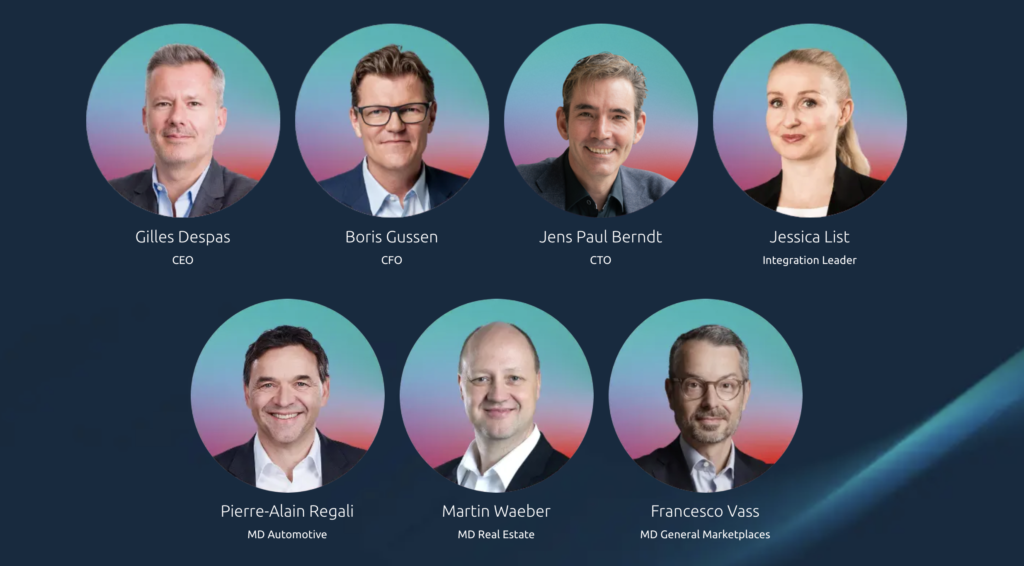
SMG Real Estate mit Innovationsoffensive für digitale Prozesse in Schweizer Immobilienbranche
Die Immobilienbranche zeichnet in der Schweiz für rund 20 Prozent des BIP verantwortlich. Dieser enormen Bedeutung wird der Stand der Digitalisierung in der Branche allerdings







